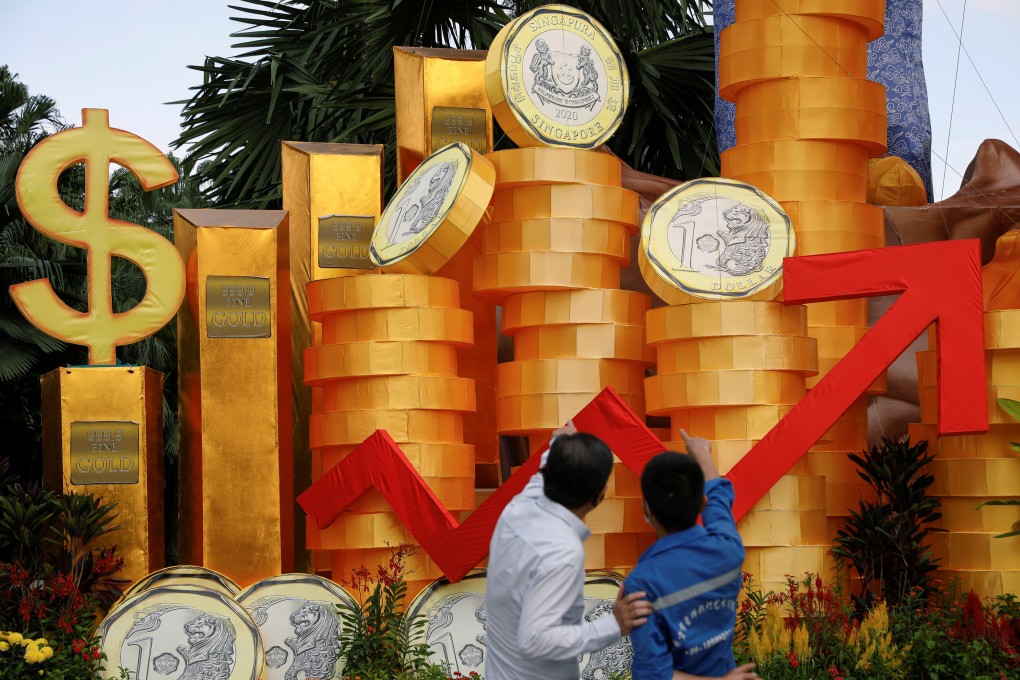How did Singapore pull off its US$19 billion coronavirus Jobs Support Scheme?
- During lockdown, the city was paying 75 per cent of the first S$4,600 earned by every Singaporean and permanent resident each month
- The support, which dwarfed schemes in Malaysia and Hong Kong, was made possible by Singapore’s giant reserves, compact size and prescient leaders

Somosundram, the general manager, estimates that without any income over that period he would have needed to cut up to half of his manpower cost either by reducing hours or cutting pay salaries cuts just to keep the business alive. He already runs a lean team of 14 workers.
Thankfully, the government stepped in with a wage subsidy scheme that covered up to 75 per cent of the first S$4,600 (US$2,480) earned by each of the cinema’s Singaporean and permanent resident members of staff every month.
This meant Somosundram could keep on all his workers with just management staff taking pay cuts. It also gave the management breathing room to think of ways to make revenue.
“For us, the help was critical,” he said. “And we didn’t know when we could reopen, so from a business continuity point, it gave us the mental space to not focus on those elements and figure out what our new pivot would be and that’s why we had the capacity to develop our streaming platform, Projector Plus.”